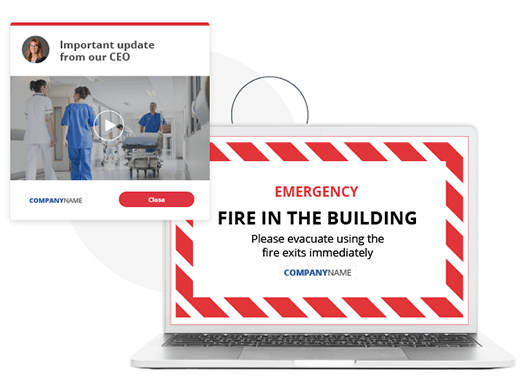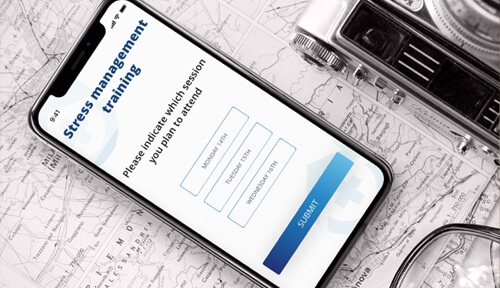
Updated November 23, 2021
Healthcare workers are on the frontline of keeping people healthy and protected. Yet they're finding themselves at increased risk of workplace violence.
Up to 38% of healthcare workers suffer physical violence at some point in their careers, according to a World Health Organization report.
The COVID-19 pandemic has exacerbated the threat to healthcare worker safety. A survey in early 2021 reported that 22% of nurses had seen an increase in workplace violence since the pandemic began. Examples included aggression from patients upset about mask policies or visitor restrictions.
Workplace violence can lead to higher turnover of healthcare staff, resulting in costly worker compensation claims, lost productivity, and undermined reputation.
The recent bill passed in the US mandates health employers protecting their staff against workplace violence. Employers need to create training programs, investigation procedures and track violent incidents against workers.
But there is hope. Effective internal communication can help improve healthcare worker safety, plus create an environment where a safety culture can be fostered. Here are five tactics to use in your workplace.

Source: World Health Organization
1. Notify staff of status updates
One of the most important times in a hospital is the beginning of a new shift. Handover between incoming and outgoing staff may be a hurried affair, and important information can be missed.
Try introducing a flagging system to inform staff of the day’s schedule, alert them to any disruptive patients, or pass on security notifications.
Communication tools like a Desktop Ticker are well suited for conveying important information while maintaining patient confidentiality.
2. Alert when action needs to be taken
Code Violet are violent situations, such as a distraught patient or family member. Sometimes an incident suddenly escalates and it’s necessary to immediately alert all staff of the danger. But alarm systems that rely on using a telephone, whistles, or screams are ineffective and dangerous.
Emergency alerts can be triggered fast, silently, and delivered to all staff computer screens immediately. These alerts bypass email and instantly grab attention. Make sure they can also be triggered from remote areas such as nurses’ stations and registration areas.

3. Upskill to know how to react
Knowing the right actions to take in a threatening situation can be the difference between inflaming or defusing risk. Training sessions and simulated events should cover areas such as de-escalation and procedures to follow for informing law enforcement.
However, training sessions are only as useful as their attendance, so promote them prominently on computer wallpapers, company screensavers, and your intranet.
4. Reach deskless workers
In the busy environments of hospitals or other healthcare clinics, many staff will be working on wards and dealing with patients – they will rarely be in front of a computer.
Adapt your computer wallpaper design or intranet articles into printed flyers to post in common areas and staff rooms. These can be effective in both reminding and assuring staff of things like your workplace violence policy or an awareness campaign.

5. Involve your team
Safety and security don’t happen in isolation. The whole team benefits from everyone being involved, whether that be contributing suggestions or alerting colleagues to risks they’ve noticed.
Collaborating is an excellent way of soliciting tips from staff, though it tends to be more effective in a formal structure so those insights aren’t lost amidst a flood of messages. A moderated forum on your organization’s intranet or a custom survey are good options.
Addressing violence in hospitals and other healthcare institutions is essential. It's inspired the creation of a group known as the CEO Coalition, formed this year by the CEOs from 10 hospital systems, in order to help protect workers' psychological, emotional and physical safety.
Changes to the environment, administration, and behavior will be necessary for every healthcare workplace – changes that effective internal communications can support.
The full version of this article was first published on Becker's Healthcare.


